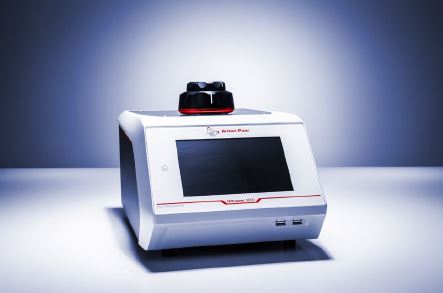
Gas pycnometry can be used to assess the skeletal density of solids like 3D printed parts and their associated raw materials. Assessing the skeletal density (and in cases of parts of regular shape, comparing to bulk density) and the open cell content of 3D printing materials such as metals, ceramics, and polymers allows for differences in printed materials to readily be determined. These differences are often influenced by user-selected printer parameters, and can affect the final part’s properties and suitability for its intended application.
Anton Paar Ltd
Tel: +44(0)1992514730
Click here and register to access technical articles and white papers from this company










Breaking the 15MW Barrier with Next-Gen Wind Turbines
Hi Martin, I don´t have any detailed parameters for the 15MW design other than my reading of the comment in the report ´aerodynamic loads at blade-tip...